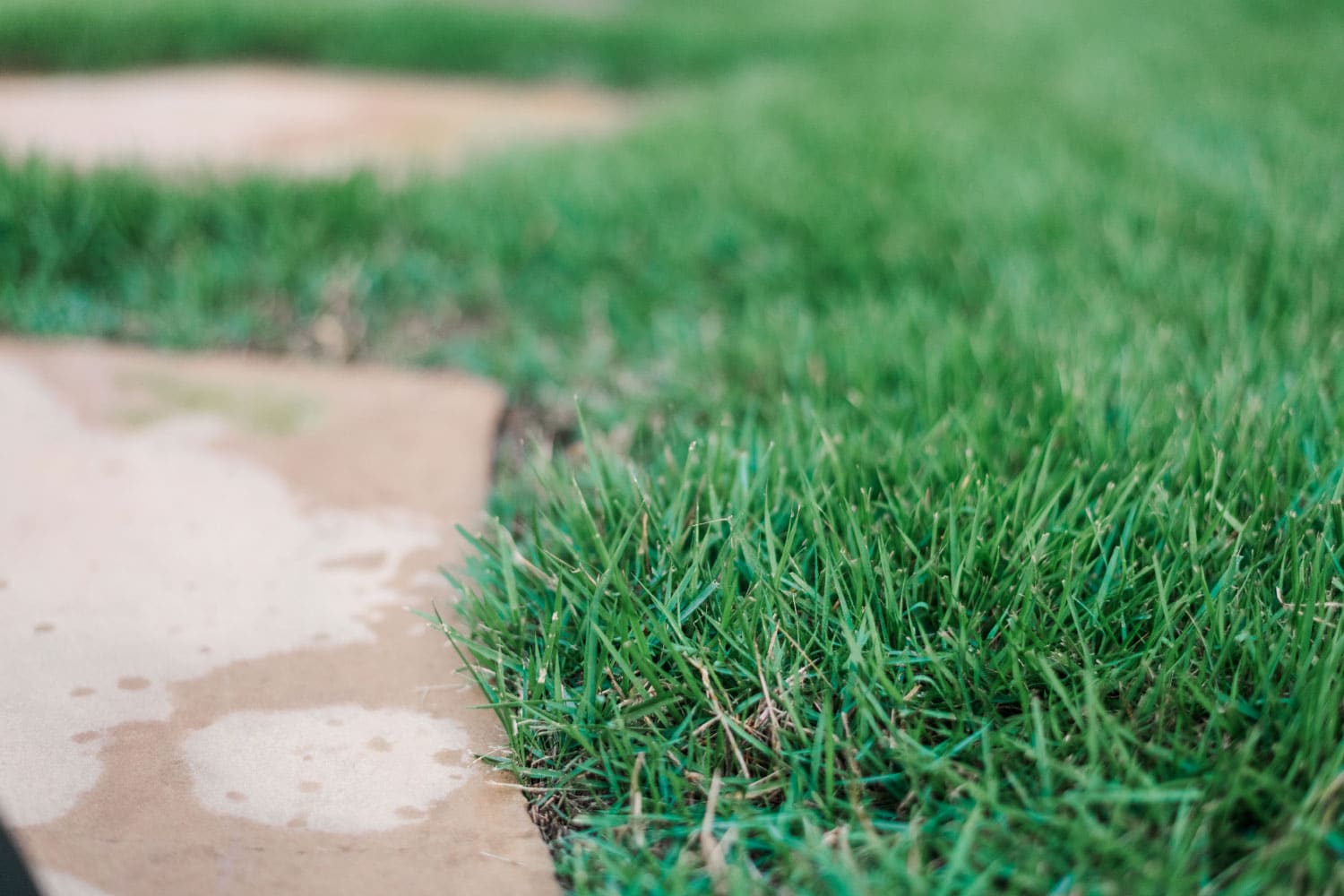Every lawn care company provides guidance on the many benefits of mowing your lawn in the spring and summer to keep the grass green and lush; it’s equally important to prepare your turf for shorter days and cooler temperatures. As we head toward football season, just as coaches take steps to prevent injury with their players, homeowners should adjust mowing practices to prevent injury to their lawns.
Mowing to Reduce Injury: The Name of the Game in Late Summer, Fall, and Winter
Many of our Nature’s Turf mowing blogs focus on the benefits of mowing weekly at an appropriate height for your lawn type and extolling the benefits mowing has on turf health and density. During green-up and the active growing season–spring and early summer–mowing appropriately keeps your lawn doing healthy things, not slowed by the need to recover from injury. As we approach late summer, however, our warm-season turfs start shifting away from active growth and recenter their focus on energy storage for imminent dormancy. This is the time to adjust and get your lawn prepped for the coming cooler season. Read on to learn about raising your cut heights and refraining from scalping (cutting your grass significantly low so that the stems are exposed) in the late summer, fall, and winter.
Let It Grow: It’s Time to Raise Cut Heights
While it may seem like surrender for short-turf lovers, increasing cut heights toward the end of the season protects the health and density of your lawn. As the growing season progresses, warm-season turfs grow vigorously. Bermuda, especially, becomes prone to injury from infrequent mowing or being cut too short, and it leaves unsightly brown patches in your yard. In the middle of June, this may be of little consequence, as the turf will bounce back. As we approach the end of summer and the days get progressively shorter, the opportunity for this recovery decreases by the day. As the opportunity for recovery decreases, our vigilance should increase.
What to do? Increase cut heights to ensure that only a third or less of the grass’ total height is removed. While this is important for zoysia and its naturally slower recovery pace, it’s exceptionally important for bermuda. Bermuda’s growth habit is a lot like a small tree. The stems are like small, woody trunks, and the blades are generally toward the top of each plant. If this canopy is removed too late in the season, it may grow back very slowly or not at all. It’s this canopy we want to maintain through the dormant months to help with weed suppression and winter beauty.
Keep It Dense: Don’t Scalp in the Fall or Winter
You are not required to scalp bermuda or reset cut heights on zoysia, and these practices should be held for spring if you’re intent on performing them. While the blades of grass aren’t harvesting light and making energy in the winter, they still perform important tasks, even during dormancy. A dense, manila-tinted, dormant bermuda lawn has a certain visual appeal and also plays a role in reducing the number of winter weeds able to infiltrate your lawn.
What to do? Keep your grass tall and dense during the cooler months. Good lawn density slows the movement and degradation of pre-emergent weed control products away from the site of application, and it also shades the soil surface. Weeds that require light to germinate can be thwarted when shaded by a dense canopy. That same shade can slow the development of weeds that don’t require light to germinate and can also slow spring weeds by delaying the increase of temperature needed for their germination.
Important Takeaways:
- While it may seem like surrender for short-turf lovers, increasing cut heights toward the end of summer protects the health and density of your lawn.
- The potential to recover slows immensely as the season draws to a close. To ensure maximum benefit from a dense canopy, mowing to minimize injury is important.
- Scalping bermuda or resetting cut heights on zoysia aren’t required practices and should be held for spring if you’re intent on performing them.
- Maintaining a dense canopy is fundamental to aiding the suppression of winter and spring annual weeds.
- Reach to us at Nature’s Turf with questions or concerns about your lawn. We’d love to help!








